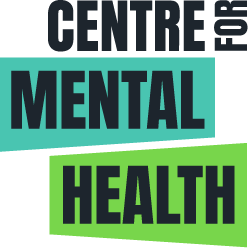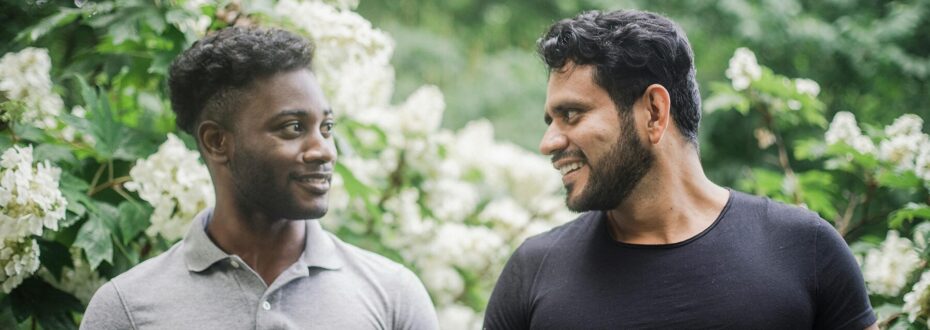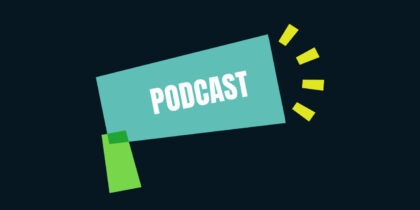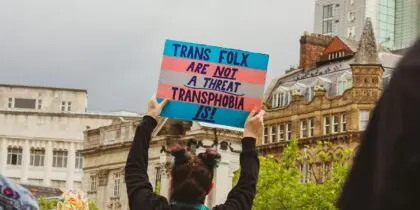June is LGBTQ+ Pride month, a time to celebrate the diversity and resilience of queer communities. As someone who works in mental health research, I also see it as an opportunity to learn from the experiences and insights of LGBTQ+ people, especially those who have faced oppression, stigma, and violence. To this end, I am sharing some of the things that I learnt about mental health from five of my favourite books, all written by LGBTQ+ authors. These books are not only informative and inspiring, but also relevant and challenging for mental health policy makers and practitioners alike.
1. The Velvet Rage by Alan Downs, a clinical psychologist and gay man. When I first read this one it blew my socks off. The book explores the emotional legacy of growing up gay in a homophobic society, and how it can lead to shame, anger, and self-destructive behaviours. Downs argues that many gay men struggle with internalised homophobia, which prevents us from accepting ourselves and finding authentic happiness. He offers a three-stage model of healing, from overcoming shame, to seeking validation, to cultivating creativity and purpose. The book is based on his own personal journey and his work with hundreds of gay men. It is a powerful and compassionate guide for anyone who wants to overcome the wounds of the past and live a more fulfilling life. I personally find it very useful in understanding my experiences of addiction and recovery.
2. Straight Jacket by Matthew Todd, a journalist and former editor of Attitude, a UK gay magazine. I got this book from my nephews for Christmas 2016, and I was reading it when I heard that George Michael had died. So, for me it is forever melded with my own sadness at his death and with the outpouring of grief and tributes from fans, friends, and fellow artists that filled the news that day. And it has stayed with me ever since. The book is a candid and provocative expose of the roles of heterosexism and homophobia in the mental health crisis among LGBTQ+ people, especially gay men. He also critiques mainstream gay culture that promotes consumerism, hedonism, and conformity, and that fails to address the underlying issues of trauma and isolation. He calls for a radical change in the way we think about ourselves and our community, and urges us to embrace our diversity, our history, and our potential.
3. Queer City by Peter Ackroyd, a historian and novelist. I left London a couple of years ago having lived there for thirty-five. And for those of us that are, or have been, queer in London, this book is a real banger. It is a fascinating and colourful history of London’s queer culture, from Roman times to the present day – including a moving account of the city ‘when the music stopped’ in the AIDS crisis in the 80s and 90s. He shows how London has always been a haven and a hell for LGBTQ+ people, and how we have contributed to its vitality and creativity. The book is a celebration of the diversity and complexity of human sexuality, and a reminder of the challenges and achievements of queer communities.
4. The Pink Line by Mark Gevisser, a journalist and activist. The book is a global and contemporary survey of the politics and struggles of LGBTQ+ rights, based on six years of research and interviews across nine countries. It changed my perspective forever on what it means to be a white gay man. Gevisser examines how the concept of sexual orientation and gender identity has become a new frontier of human rights, and how it has sparked conflicts and movements around the world. He covers topics such as transgender activism in South Africa, gay marriage in France, conversion therapy in Egypt, queer refugees in Kenya, and intersex rights in India. He also reflects on his own experience as a gay man who grew up in apartheid South Africa, and how it shaped his perspective and empathy. The book is a compelling and nuanced account of the global and local dynamics of LGBTQ+ issues, and the challenges and opportunities for advancing equality and dignity.
5. A Flat Place by Noreen Masud, a literature scholar and writer. I only discovered this one a couple of weeks ago when I had the pleasure of meeting the author at the Hay Festival. The book explores the concept of flatness in literature and culture, and how it relates to queer identities and experiences. Masud argues that flatness is not a lack of depth or complexity, but a way of seeing and being that challenges the norms and expectations of a hierarchical and binary society. She also reflects on her own life and experiences as a queer person of colour, and her experiences of complex trauma and PTSD, and describes how she navigates the tensions and possibilities of flatness. The book is witty and insightful and offers the reader hope: we can heal from the past.
These five books have taught me a lot about mental health, both from a personal and a policy and research perspective. I recommend them freely and often to family and friends. They have shown me how LGBTQ+ people face multiple and intersecting forms of oppression and discrimination, and how, over time and space, we cope and resist in different ways. They remind me how LGBTQ+ people have diverse and rich histories, cultures, and identities, and how we contribute to society and humanity. These books are essential reading for anyone who wants to understand and support the mental health needs and rights of LGBTQ+ people, and to create more inclusive and affirming policies and services. I’d love to know what you think of them!







